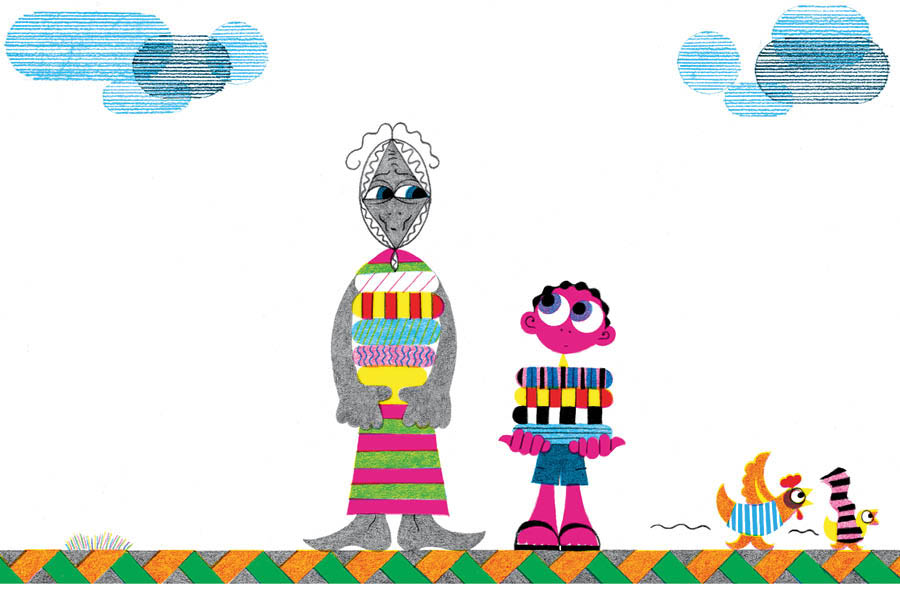Nobel laureate Esther Duflo and illustrator Cheyenne Olivier have collaborated on Poor Economics for Kids, an illustrated children’s version of the classic economics text professor Duflo co-authored with Dr Abhijit V. Banerjee. The duo spoke to My Kolkata about the prejudices against Kolkata they once held, the city’s vibrant food and rhythm, and why they love Kolkata so much.
Esther Duflo
I have always loved Calcutta. This is the first place I landed in when I reached India. However, at the time, I had many prejudices about the city. When you grow up in France, you hear a lot about Mother Teresa and leprosy and so on. We mention this anecdote in Poor Economics that I had read somewhere about people having only one square metre space to sleep in in Calcutta. I used to think there was literally a square of 1m by 1m, and I wasn’t sure how people could even stretch down to sleep in that space. So, that tells you where I started from. When I landed in Calcutta, my prejudices completely went away.

The cover of ‘Poor Economics for Kids’
For me, food is always a high point of any trip here. Cheyenne, of course, has even illustrated a cookbook with a lot of Bengali dishes in it [Abhijit Banerjee’s Cooking To Save Your Life; they are collaborating on a second cookbook currently]. The food of Calcutta is loved even by my children, who are not very sophisticated foodies (they especially love the sweets!). Of course, this is home for me, as Abhijit’s family is from here.
Also, just as a city, I love Calcutta for its architecture and the vibrant rhythm of life. At the same time, like many other Calcutta lovers, I’m sad to see some of the historical buildings being dismantled. I think there’s a lot of potential to turn the city into a tourist hub. Tourists can come here to experience the culture, architecture, and so on. I hope this will happen in the years to come through preserving the incredible heritage and current culture that is there.
Calcutta’s Durga Puja has to be the world’s best-kept secret. People go to Brazil for the Carnival. That’s great, but it’s a pity that they don't come to Calcutta for the Durga Puja in large numbers, especially when you consider the incredible creativity that is expressed during Durga Puja in all the pandals. It’s just incredible. The fact that it’s not more known is a mystery to me. If we could change that and promote Durga Puja properly, it would create a lot of business for the city and there would be other economic advantages as well.

An illustration from the book
Cheyenne Olivier
I stayed in Kolkata for a few weeks and fell in love with the window grids. I even ended up doing a photographic project on the grids. As an illustrator, it was a great experience for me because the patterns are very geometrical, which I love.
Of course, I love the food. I also love the fact that you can walk very easily in the city —much more so than in other Indian cities I've been to. Also, I was told for many, many years about how the city magically transforms during Durga Puja. I finally managed to witness it first-hand last October. It was unbelievable. I had heard many incredible things about Durga Puja, but the reality was so much more.
‘Poor Economics for Kids’ has been published by Juggernaut Books and is priced at Rs 999. It was previously published as a 10-book series in French.
